Article 112 - The President shall in respect of every financial year cause to be laid before both the Houses of Parliament a statement of the estimated receipts and expenditure of the Government of India

|
|
Annual budget |
Interim budget |
|
Timing |
Presented on February 1st of each year, outlines the government's financial roadmap for the entire fiscal year (April 1 to March 31). |
Presented in an election year, typically around February, to keep essential government operations funded until the newly elected government presents its full budget. |
|
Scope |
Covers all aspects of government finances, including revenue generation, expenditure allocations and policy announcements |
Focusses primarily on maintaining essential spending on ongoing schemes and critical public services until the new government takes charge. |
|
Policy announcements
|
Major policy pronouncements are made in the annual budget. |
Due to its transitory nature, an interim budget avoids major policy pronouncements or significant changes to tax structures. |
|
Parliamentary scrutiny
|
Faces rigorous debate and analysis |
Receives less scrutiny due to its limited scope and temporary nature. |
|
Validity
|
1 year |
Usually 2–4 months, but remains valid until the new government presents its full budget. |
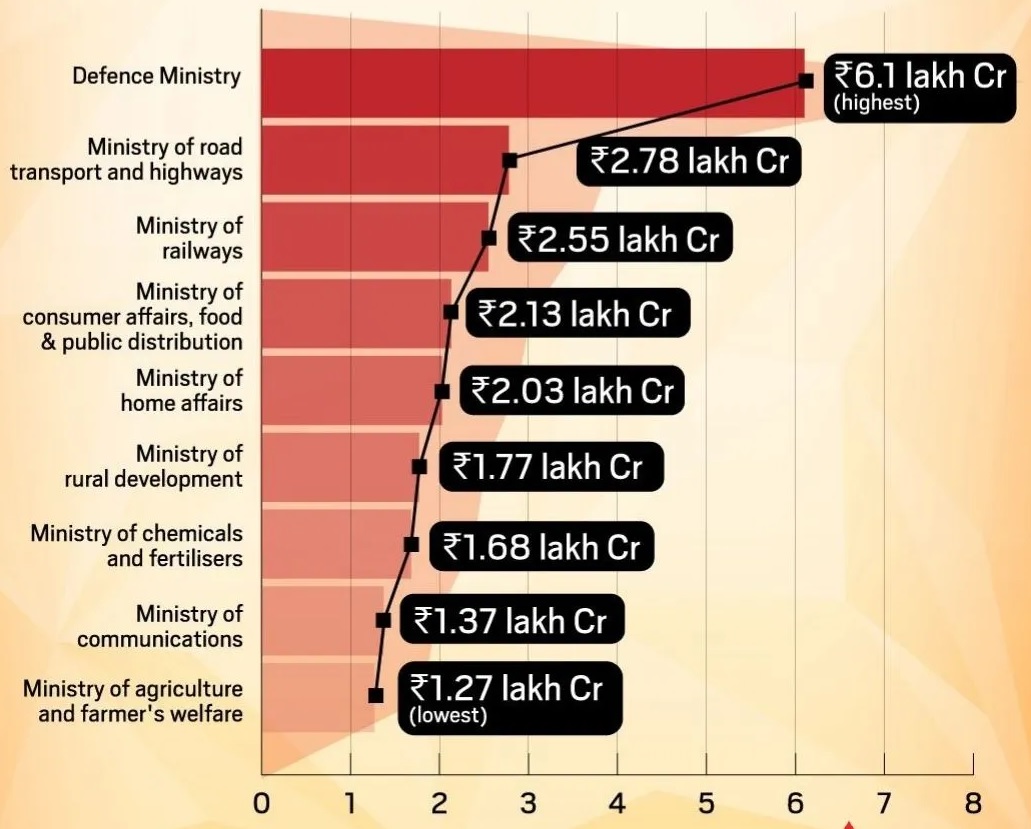
|
Related Terms |
|
|
Fiscal deficit |
|
|
Primary Deficit |
|
|
Revenue deficit |
|
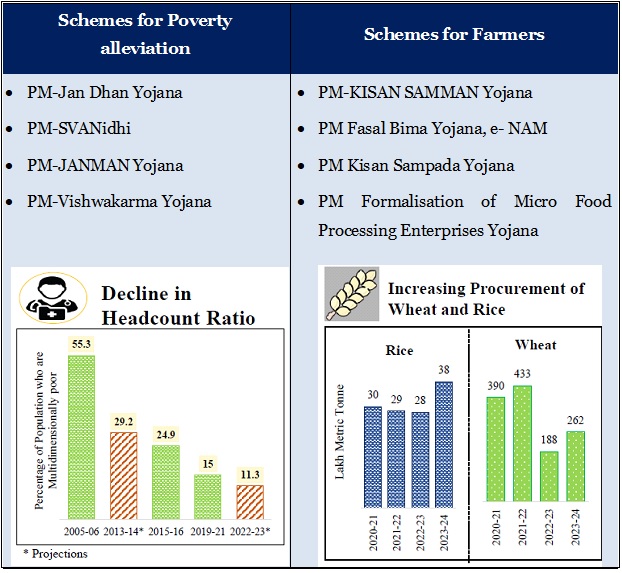
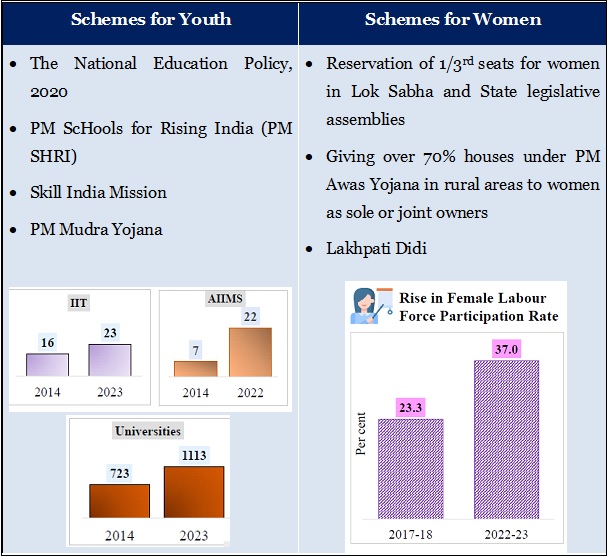
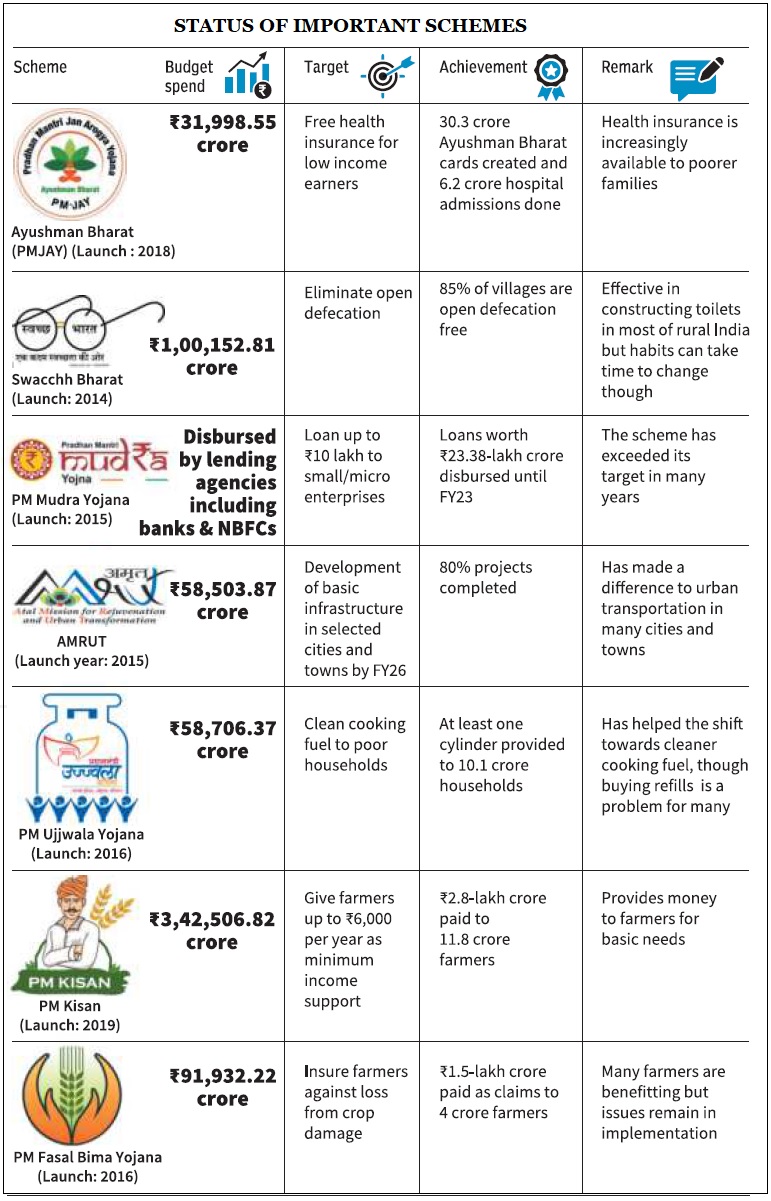
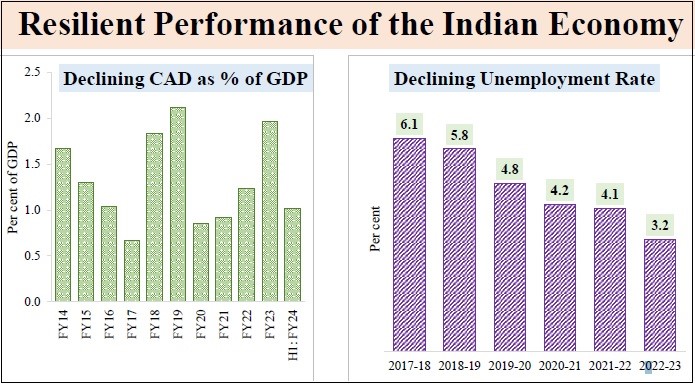
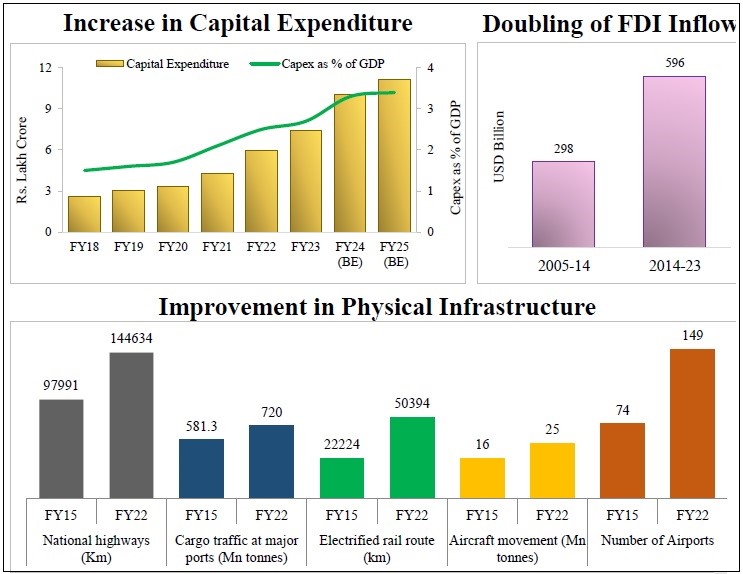
To know about Part-2, click here